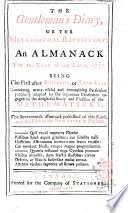 | Almanacs, English - 1757 - 192 pages
...the Figure is infcribed in a Circle. But the Recbngle of the two Diagonals of any Trapezium infcribed in a Circle is equal to the Sum of the Rectangles of the oppofite Sides : Therefore DExBC = DCXBE + DBXCE; the Half of which is (= 2880 Perches, or 18 Acres)... | |
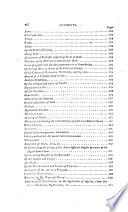 | Isaac Dalby - Mathematics - 1806 - 526 pages
...parallelogram, is equal to the squares on the four sides taken together. 241. THEOREM. The rectangle under the two diagonals of any quadrilateral inscribed in a circle, is equal to the sum of the two rectangles of the opposite sides : That is, AC x BD = AB x CD -f AD x BC. Suppose CP is drawn to... | |
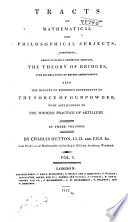 | Charles Hutton - Bridges - 1812 - 514 pages
...of the chord of an arc, and of the chord of its supplement to a semicircle.—2. The rectangle under the two diagonals of any quadrilateral inscribed in a circle, is equal to the sum of the two rectangles under the opposite sides.—3. The sum of the squares of the sine and cosine, hitherto... | |
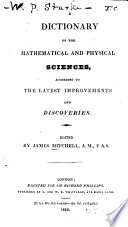 | James Mitchell - Mathematics - 1823 - 666 pages
...equal to the internal and opposite angle. 7. Also, in this case, the rectangle of its two diagonals is equal to the sum of the rectangles of its opposite sides. TRAPEZOID, a quadrilateral figure, having two of its opposite sides parallel ; the area of which is... | |
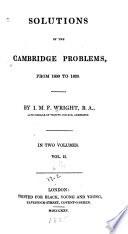 | John Martin Frederick Wright - Mathematics - 1825 - 798 pages
...the ratios of their sides. 3. The rectangle contained by the diagonals of any quadrilateral figure inscribed in a circle is equal to the 'sum of the rectangles contained by its opposite sides. 4. If the exterior angle of a triangle be bisected, and also one of... | |
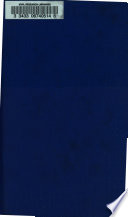 | John Martin Frederick Wright - 1827 - 344 pages
...the ratios of their sides. 3. The rectangle contained by the diagonals of any quadrilateral figure inscribed in a circle is equal to the sum of the rectangles contained by its opposite sides. 4. If the exterior angle of a triangle be bisected, and also one of... | |
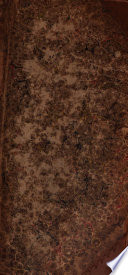 | John Martin F. Wright - 1827 - 632 pages
...the ratios of their sides. 3. The rectangle contained by the diagonals of any quadrilateral figure inscribed in a circle is equal to the sum of the rectangles contained by its opposite sides. 4. If the exterior angle of a triangle be bisected, and also one of... | |
 | Charles Hutton - Logarithms - 1834 - 466 pages
...of the chord of an arc, and of the chord of its supplement to a semicircle. 2. The rectangle under the two diagonals of any quadrilateral inscribed in a circle, is equal to the sum of the two rectangles under the opposite sides. 3. The sum of the squares of the sine and cosine (often called... | |
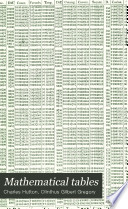 | Charles Hutton - Logarithms - 1842 - 450 pages
...of the chord of an arc, and of the chord of its supplement to a semicircle. 2. The rectangle under the two diagonals of any quadrilateral inscribed in a circle, is equal to the sum of the two rectangles under the opposite sides. 3. The sum of the squares of the sine and cosine (often called... | |
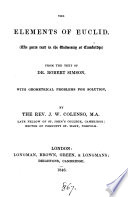 | Euclides - 1846 - 292 pages
...Wherefore, If from any angle %c. QBP PROP. D. THEOn. Tin; rectangle, contained by the diagonals of a quadrilateral inscribed in a circle, is equal to the sum of the rectangles contained by its opposite sides. Let ABCD be any quadrilateral inscribed in a circle, and join AC,... | |
| |